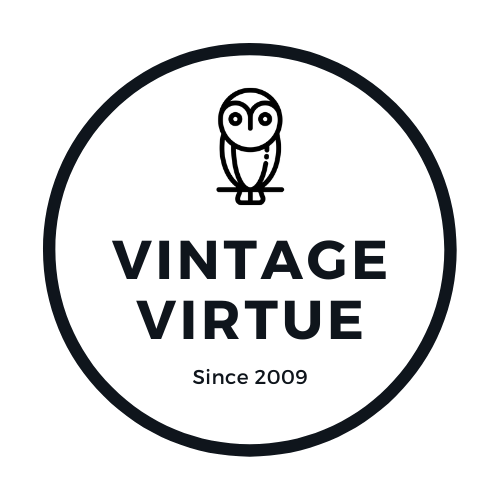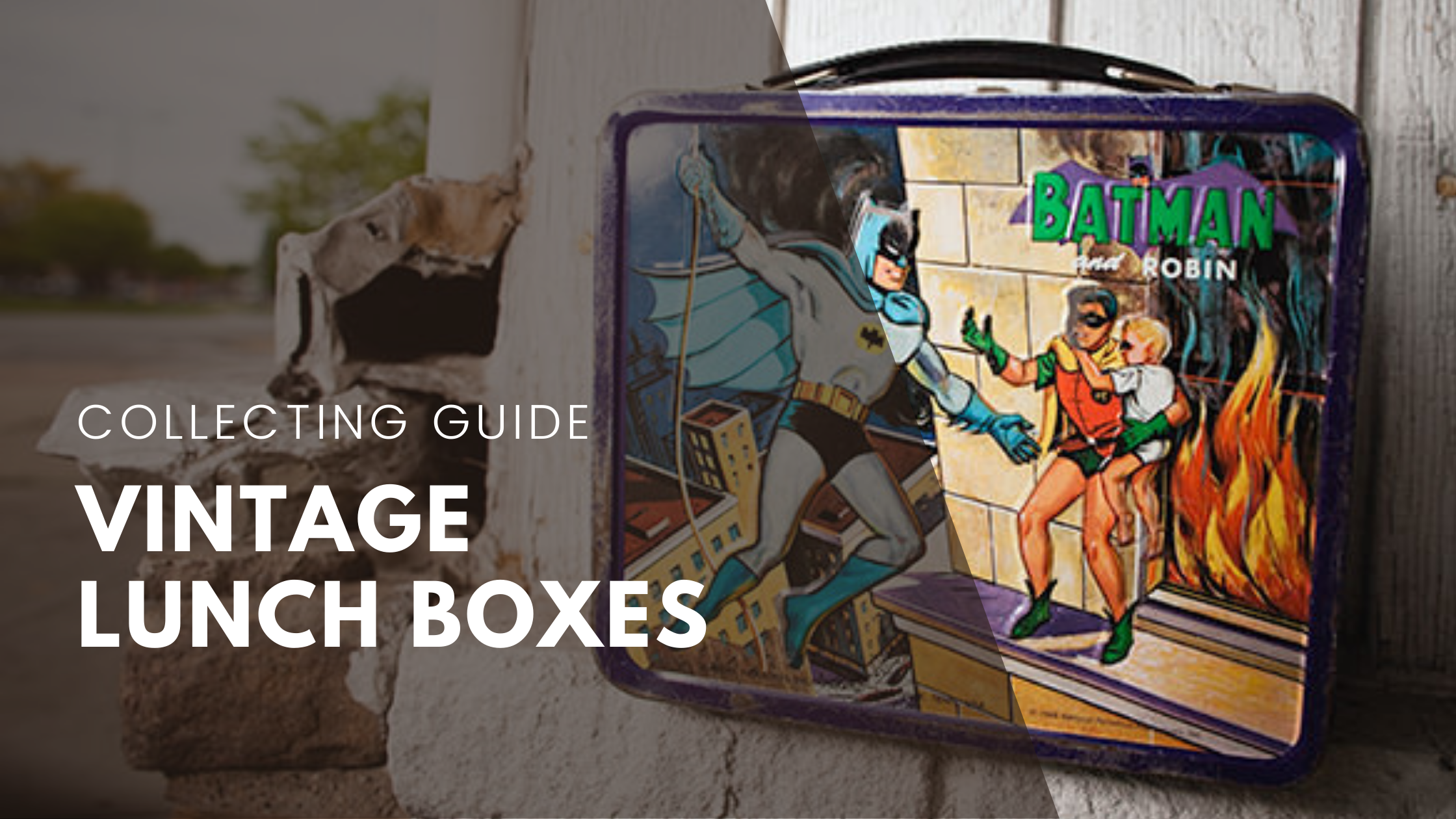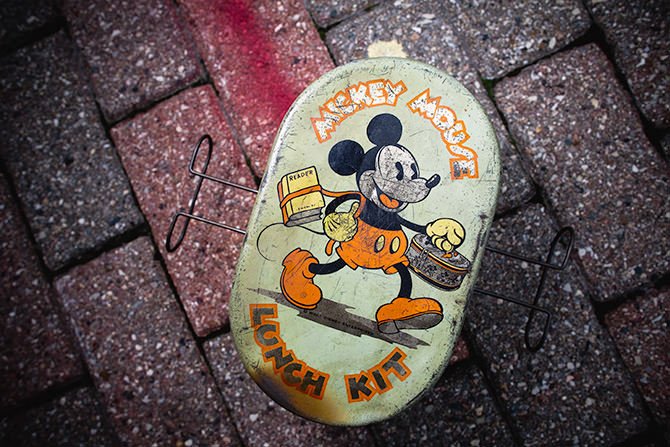Lunch Boxes of Yesteryear: A Beginner's Guide to Vintage Lunch Box Collecting
The history of the modern-day lunch box began in 1935 when a company called Geuder, Paeschke, and Frey of Milwaukee, Wisconsin, licensed the likeness of the then-new cartoon character Mickey Mouse which it used on its oval-shaped “Lunch Kit.” This metal container was sealed at the top with a wire latch on each side, doubling as the handle when closed. It had a tray inside but no bottle or Thermos; those would come much later. Mickey Mouse Lunch Kits initially sold for 15 or 20 cents, but today they can fetch anywhere from a few hundred to a few thousand dollars depending on condition.
From 1935 through the 1980s placing any popular character on the side of a lunch box (or lunchbox) made it a must-have for children who carried them to school. The first lunch box that was based on a children’s TV show was in the 1950 Aladdin model that featured a Hopalong Cassidy decal placed on a red or blue metal box. It was an instant success, with Aladdin selling 600,000 of them, at $2.39 a pop, in the first year. As television began to catch on, TV characters and movie stars became the perfect subject for lunch boxes (and matching thermos) since they were aimed at children. Aladdin continued to make various Hopalong Cassidy lunch boxes throughout the 1950s, while American Thermos made nine styles of Roy Rogers lunch boxes between 1953 and 1957.
This decade also saw a huge selection of space-age themes to choose from, including Aladdin’s 1952 “Tom Corbett Space Cadet” boxes in red or blue. Space imagery was even more popular in the 1960s and ranged from the cartoon future of “The Jetsons” (Aladdin, 1963) to the domed “Star Trek” models Aladdin made in 1968. Today these Star Trek lunch boxes are a much sought-after item by both Star Trek collectors and lunch-box collectors alike.
Although the majority of vintage lunch boxes are metal, many companies turned to make vinyl lunch boxes. These are essentially cardboard wrapped and sealed in shower curtain material. Due to the flimsy nature of this lunch box style, finding a vinyl box in good condition can be difficult. Many of the vinyl lunch boxes from the 1960s featured pop stars on their surfaces, like Twiggy, Donny, and Marie, and the really collectible boxes featuring the Monkees (King Seely, 1967) and the Beatles (Air Flite and Standard Plastic Products, 1964; Aladdin, 1965).
RESOURCES FOR COLLECTORS
Initially selling for around $2.00, many vintage lunch boxes today sell at several hundred to several thousand dollars at auction prices. If you are considering starting a lunch box collection, many styles are still available for $20.00 and up.
Lunch Boxes, Metal and Thermoses by Larry Aikins
Warman's Lunch Boxes Field Guide by Joe Soucy
The Illustrated Encyclopedia of Metal Lunch Boxes by Sean Brickwell and Alan Woodall
The Lunchbox Museum in Columbus, GA, boasts the world’s most extensive collection of metal lunch boxes with matching thermoses, and best of all, duplicate lunch boxes may be purchased for the right price. The museum is open Monday-Saturday from 9:00 am-6:00 pm and Sunday from Noon-6:00 pm.




